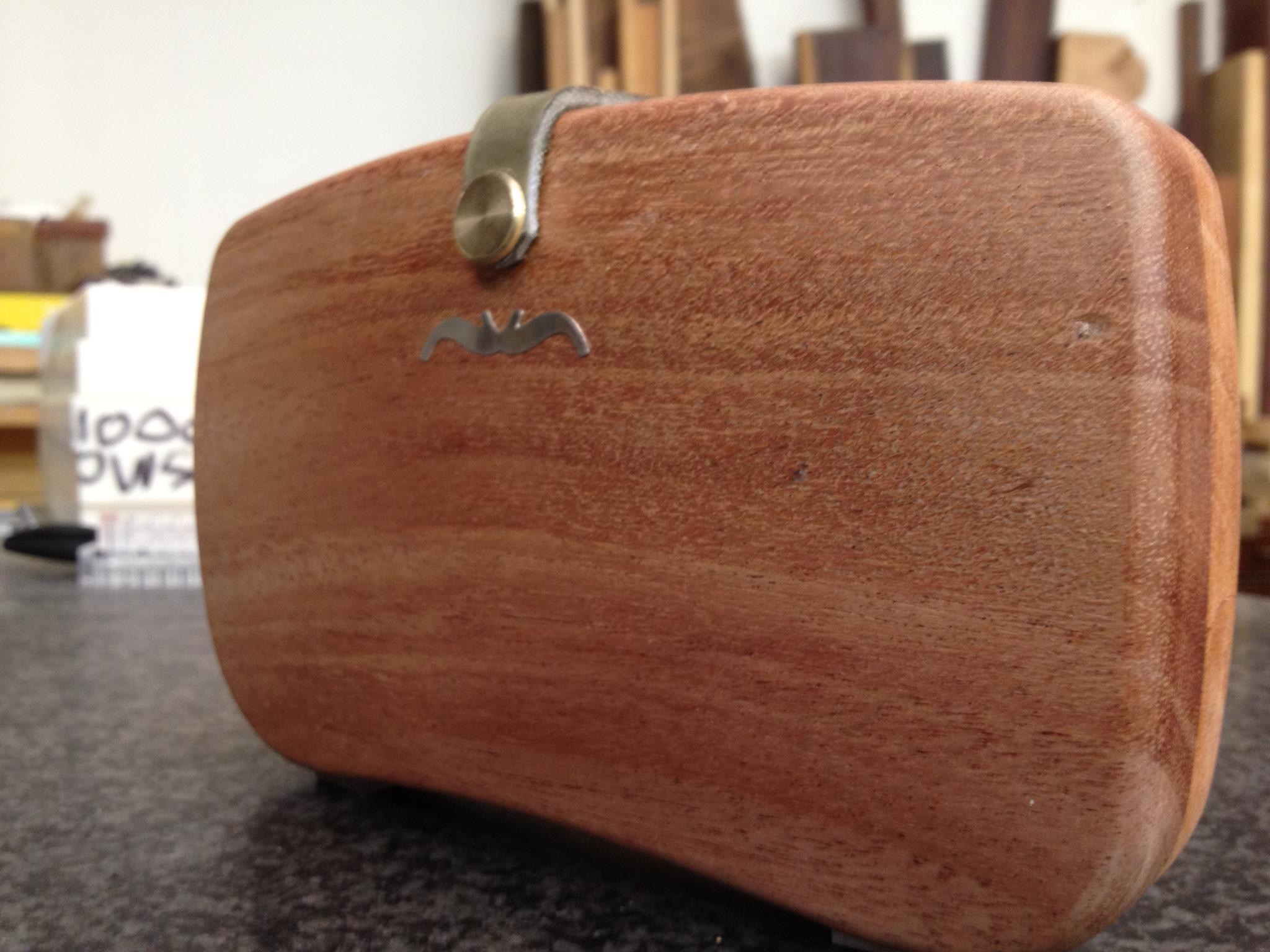Consider Using Wood For Your Next CNC Machined Prototype
Since the days of early civilizations, craftsmen have worked with wood. Wood is pliable, durable, and easily accessible. It’s a timeless material, possessing a warmth and organic beauty that’s nearly impossible to replicate.
In modern times, utilitarian wood objects are both practical and aesthetically pleasing. The Industrial Revolution ushered in a new way of manufacturing that prioritized materials like metals and, eventually, plastics.
CNC machining, for example, has come to be associated much more with metal and plastic, but these materials still lack the natural appeal of wood. And they aren’t the only materials that can be machined.
Now valued primarily for its craftsmanship, wood still has many functional applications in our modern world—and is far more machinable than you might think!
At KAD, we love machining wood prototypes. There are considerations when choosing to source organic materials, but there are also a number of benefits that come from working with wood.
Common Applications for Machined Wood
Any part that can be machined using metals or plastics can also be machined using wood, as long as it’s hard enough and has the proper grain structure. Machined wood possesses an elevated aesthetic that other materials lack, so it’s great for purely functional parts and for specialty products.
The wood prototypes we’ve made at our Vermont machine shop include:
- Watch bodies
- Sunglasses and glasses frames
- Clutch purses
- Light bars and other architectural elements
- Acoustic elements, like guitar pickups that offer a different sound quality
- Architectural elements
Choosing the Right Wood Type for Machining
We can machine almost any type of wood as long as it meets some basic requirements: the wood type must adequately satisfy the needs of the end part, it must be dry, and it must have a grain structure that won’t peel apart or delaminate. We typically suggest sourcing harder or slower growth wood.
Affordable, easily machined wood types:
- Maple
- Ash
- Walnut
- Cherry
Upscale, machinable wood types:
- Black oak
- Rosewood
- Maca
Soft, stubborn wood that’s workable but more difficult to machine:
- New growth mahogany
- New growth redwood
KAD can precision machine your wooden prototype no matter which wood type you choose. Before prototyping, we’ll even match the design to the specific piece of wood chosen to make sure that it’s the right choice.
Sourcing Wood for Your Machined Prototype
As proud Vermontians, we value sustainability. While we occasionally work with lumber that our clients bring in, we prefer to do our own responsible material sourcing whenever possible.
Our knowledgeable tree experts know what to look for in terms of grain structure. We can determine the wood’s durability by examining the tree’s rings: if wood slabs are near the core of the tree, for example, the rings may be too close to one another, placing inherent stresses on the wood. However, when we take slabs closer to the outer diameter of a tree, the wood is less likely to bow and will be more structurally sound.
Finishing Your Wood Prototype
There are several wood finishing options to choose from, including natural and unfinished, stained, or waxed. We prefer to deliver prototypes unfinished or with a waxed finish, but we acknowledge that cosmetic preferences are very personal and can accommodate whichever option you choose. We usually recommend avoiding chemical finishes, as the process can be hazardous and can strip the wood of its natural beauty!
When you work with the right shop, machining wood is a relatively simple process resulting in beautiful and functional prototypes. Now that we’ve got you thinking about the possibilities of machining wood, let’s work together! If you’re interested in a wood prototype model of your own, go ahead and request a quote.



